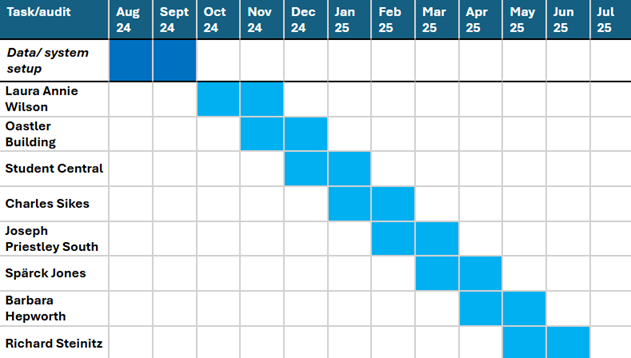Carbon, Energy and Water
The University of Huddersfield is committed to reducing the impact of our estate on climate change. Over the last 20 years, we have made significant progress in this mission:
- Between 2006 and 2020, we reduced our carbon emissions by 29%. If we consider the significant expansion of our estate during this period, this is equivalent to a 43% reduction in carbon intensity (tonnes of CO2 per m2 floor area). This far exceeded our original target of a 30% reduction per m2 which we set in 2017 in our Carbon Management Plan.
- In early 2020, the University convened a Climate Emergency Steering Group, chaired by the Deputy Vice-Chancellor (Professor Tim Thornton). This group is a regular gathering of experts and stakeholders from across the University to develop a strategic and urgent action plan to mitigate climate change. This group approved and published our Carbon Neutral Strategy (2020), and our Net Zero Carbon Emissions Plan (2022).
The Net Zero Carbon Emissions Plan sets out ambitious targets for further carbon reduction:
- Net Zero Scope 1 & 2 emissions by 2030
- Net Zero Scope 3 emissions by 2045
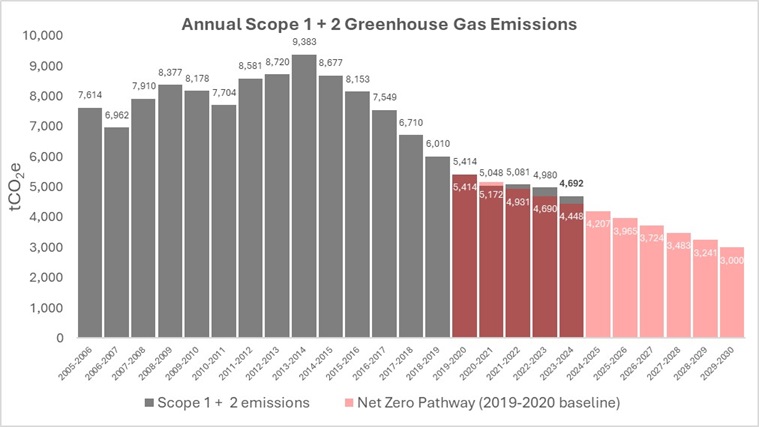
What is the University doing to reduce its carbon impact?
Estates and Facilities are busy making the University’s decarbonisation pathway into a reality. Explore some of our high-profile projects below:
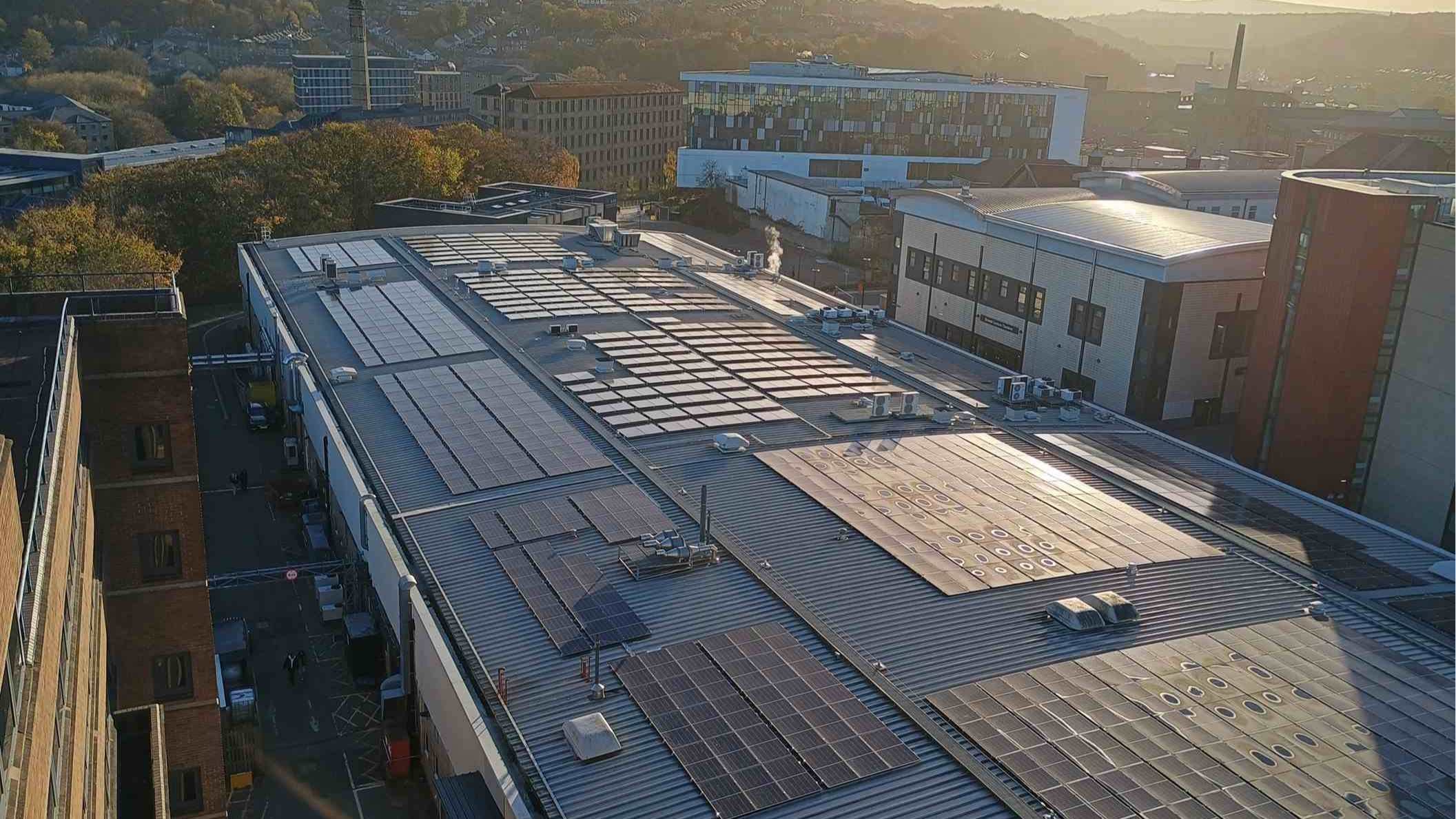
Solar Energy Generation
The University has lots of on-site solar panels.

New Buildings and Redevelopments
Learn about how the University is building a highly efficient estate.
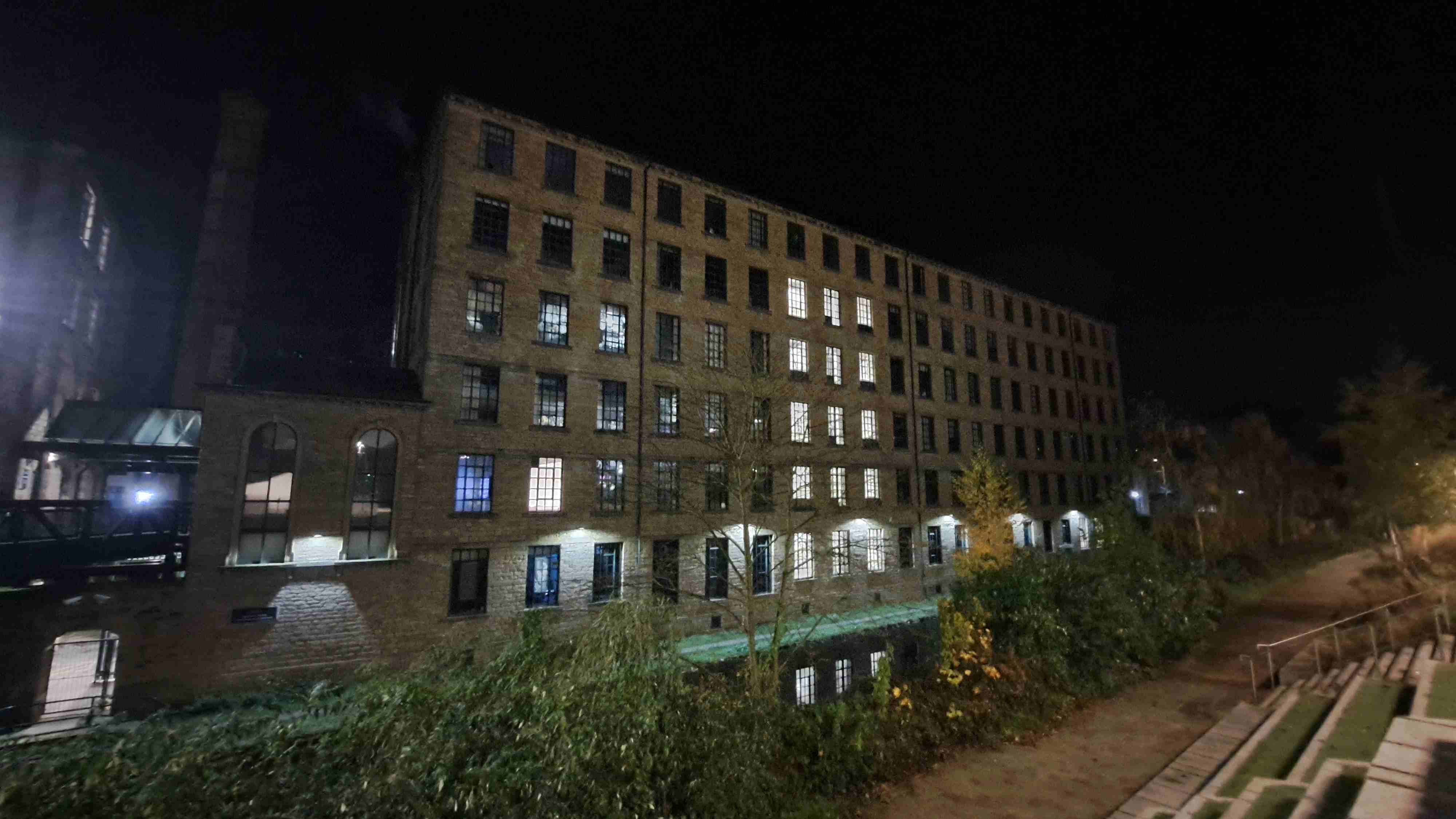
Energy Efficiency Programme
Learn more about the energy audit programme.
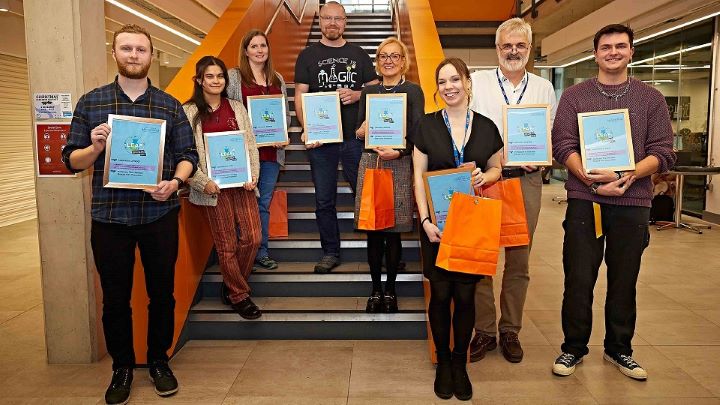
What can you do?
There are a lot of ways to get involved with decarbonisation at the University.

The Big Christmas Switch off
Every year the University tries to break it's record of energy and carbon saved during the Christmas shutdown.

LED Lighting Upgrade Programme
Campus will be getting greener and brighter!
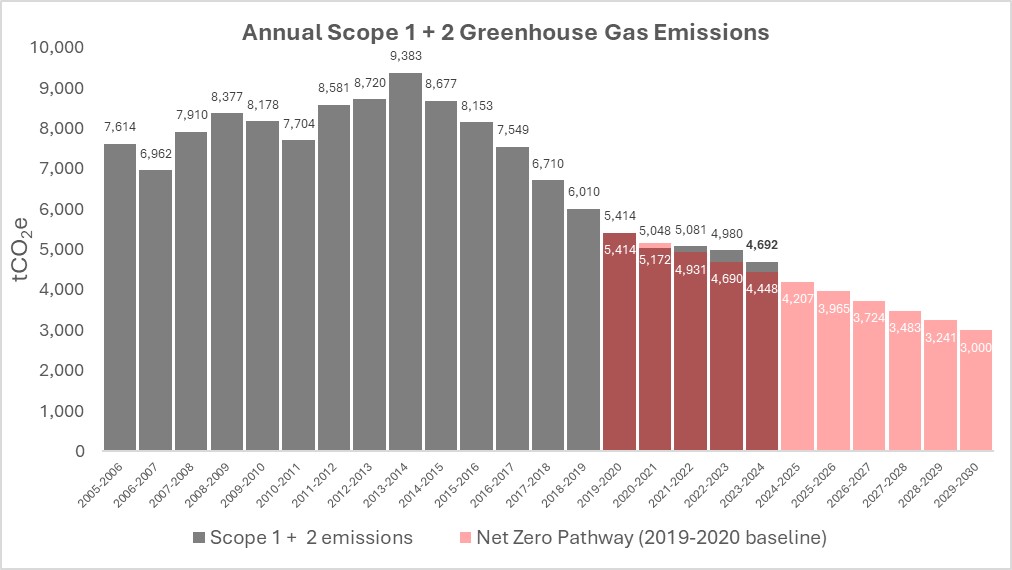
Carbon Emissions Reporting
Read about how we monitor and track our progress with carbon reduction.
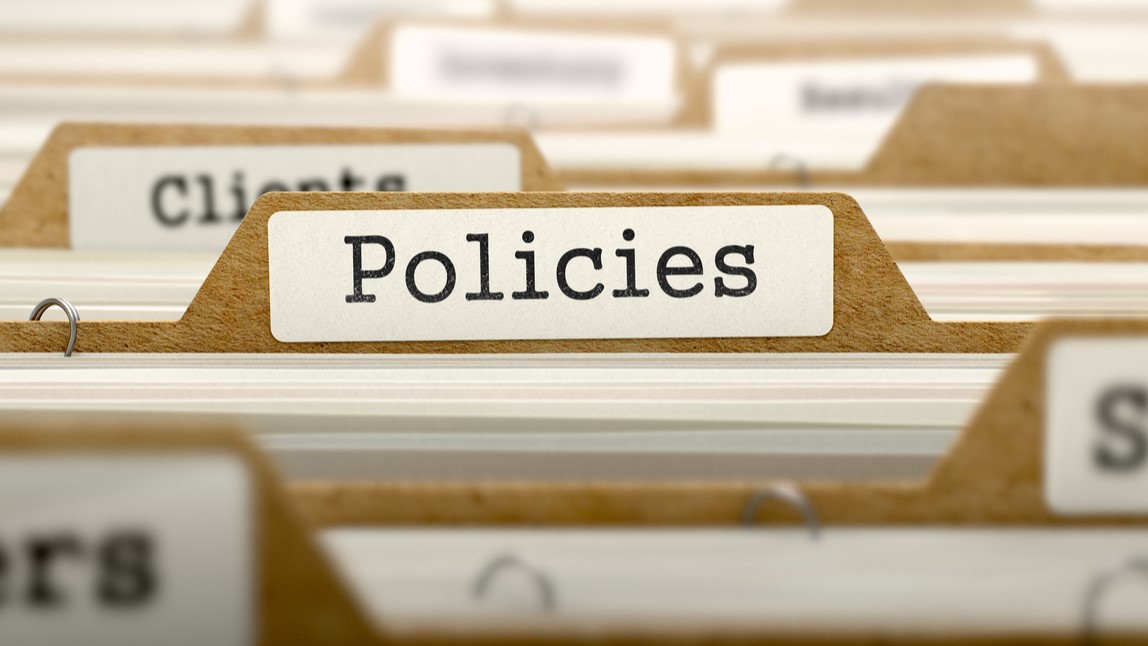
Related University Policies
Learn more about the related policies.
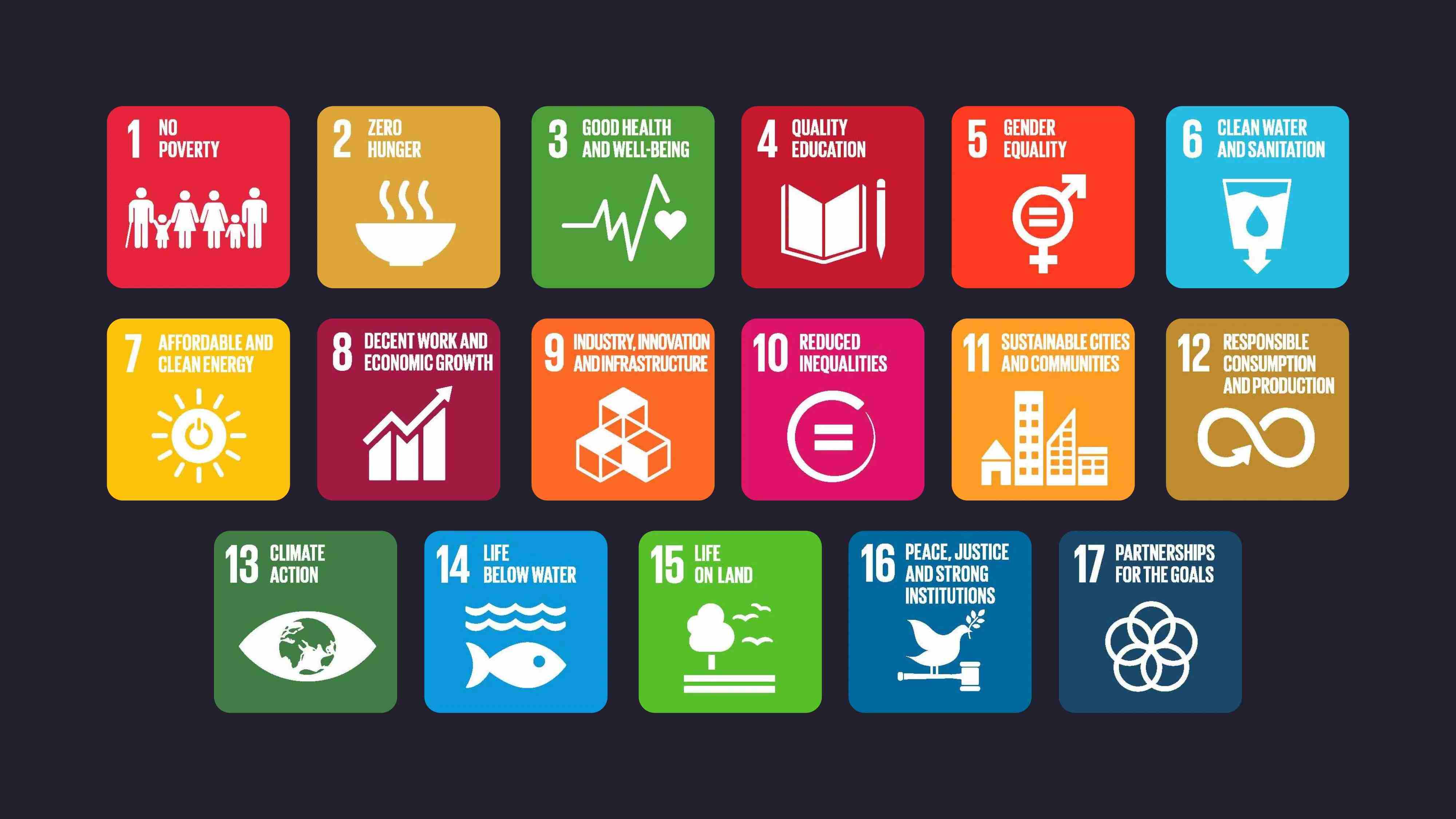
Sustainable Development Goals
Our decarbonisation work supports the UN SDGs.

